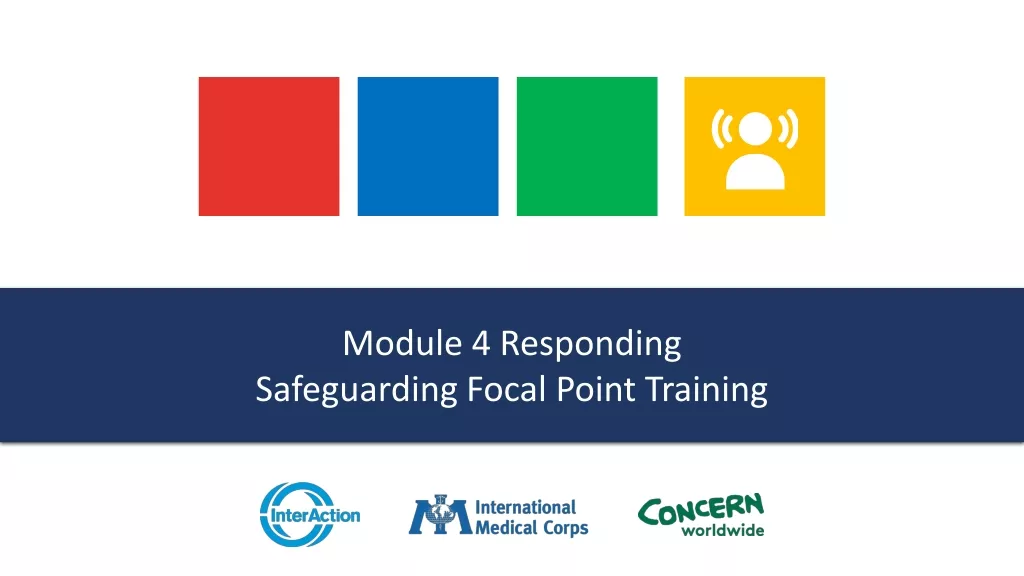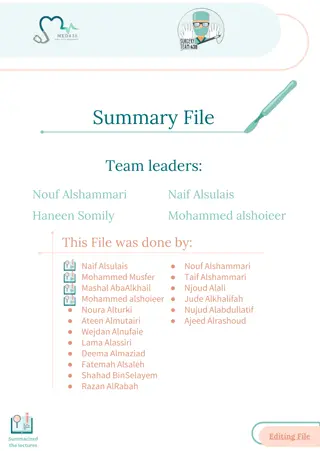
ATLS Approach for Trauma Patient Stabilization and Management
Discover the systematic and reliable ATLS approach for assessing and managing trauma patients effectively. Explore key indicators like heart rate, respiratory rate, and capillary refill time to ensure swift stabilization. Learn when to prioritize hospital care for patients based on identified parameters.
Download Presentation

Please find below an Image/Link to download the presentation.
The content on the website is provided AS IS for your information and personal use only. It may not be sold, licensed, or shared on other websites without obtaining consent from the author. If you encounter any issues during the download, it is possible that the publisher has removed the file from their server.
You are allowed to download the files provided on this website for personal or commercial use, subject to the condition that they are used lawfully. All files are the property of their respective owners.
The content on the website is provided AS IS for your information and personal use only. It may not be sold, licensed, or shared on other websites without obtaining consent from the author.
E N D
Presentation Transcript
THE ATLS APPROACH P R E - H O S P I T A L P A T I E N T S T A B I L I Z A T I O N D R . M A R L I Z E S W A R T E M E R G E N C Y M E D I C I N E P H Y S I C I A N , U N I V E R S I T Y O F T H E W I T W A T E R S R A N D
ATLS Safe and reliable method to assess and initially manage a trauma patient Systematic 1976 following a plane crash Primary survey Secondary survey
THE RED PATIENT Heart rate = 130 bpm Respiratory rate = 32 bpm Capillary refill time = 4 seconds
Heart rate = 100 bpm Respiratory rate = 20 bpm Capillary refill time = 2 seconds
THE YELLOW PATIENT Heart rate = 110 bpm Respiratory rate = 20 bpm Capillary refill time = 1 second
Heart rate = 80 bpm Respiratory rate = 14 bpm Capillary refill time = 1 second






















